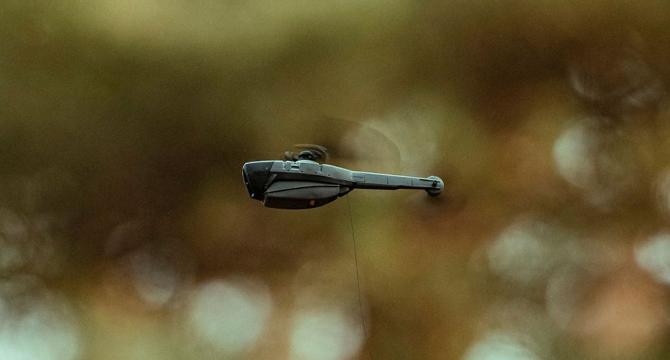COSMOS
23h
291

Image Credit: COSMOS
How nanodrones can help farmers make data-driven decisions
- Nanodrones are transforming agriculture by offering a low-cost, high-efficiency alternative to conventional drones, allowing for micro-precision spraying and AI-powered crop health monitoring.
- Equipped with advanced sensors and AI algorithms, nanodrones can capture high-resolution imagery, analyze plant stress, and generate real-time insights to enhance productivity and sustainability in farming.
- Countries like India, US, Japan, Australia, Brazil, China, and European nations are adopting compact drones for crop monitoring and pest detection.
- The global agricultural nanodrone market is growing rapidly, with forecasts predicting a 35% compound annual growth rate over the next decade.
- Nanodrones contribute to sustainability by optimizing water use through precise irrigation, monitoring soil moisture levels, and reducing reliance on chemical pesticides.
- They enable early detection of plant diseases, prevent crop losses, and ensure food security even in regions affected by climate change.
- Nanodrones like AgroFly and AgroWings offer innovative solutions for precise pesticide spraying, soil health monitoring, and early signs of disease detection.
- By leveraging real-time thermal imaging and multispectral analysis, nanodrones can detect drought stress, assess flood damage, and track pest movements for timely interventions.
- The integration of AI, IoT, and precision targeting in nanodrones empowers farmers with actionable insights and autonomous capabilities for sustainable and productive agriculture.
- Future advancements in nanodrones include biodegradable models and self-sustaining drone swarms, aiming for fully autonomous agricultural systems that redefine food production.
Read Full Article
17 Likes
For uninterrupted reading, download the app